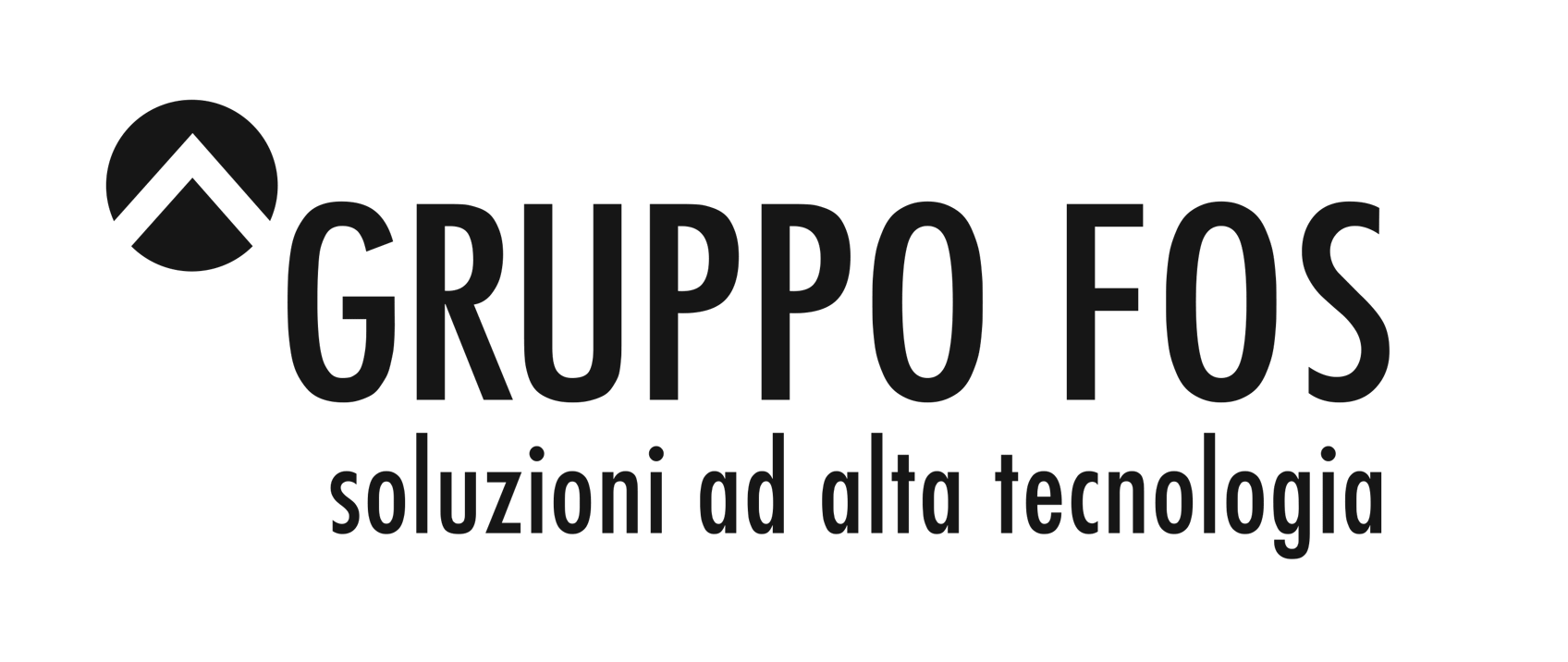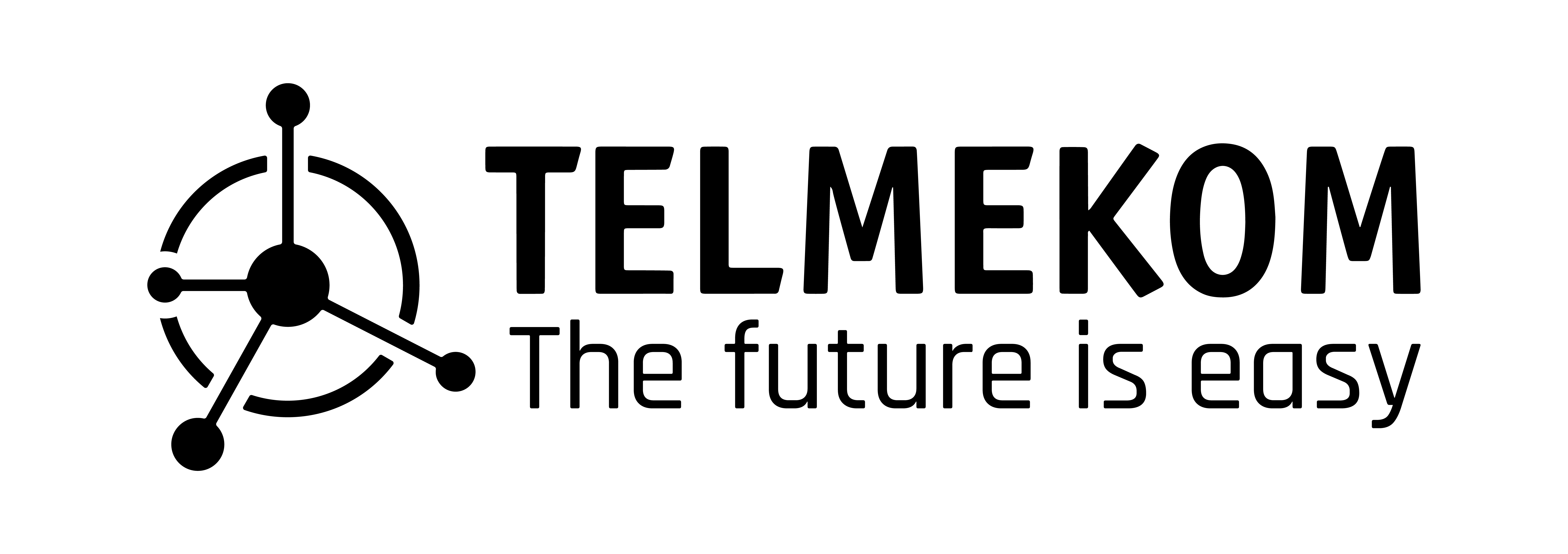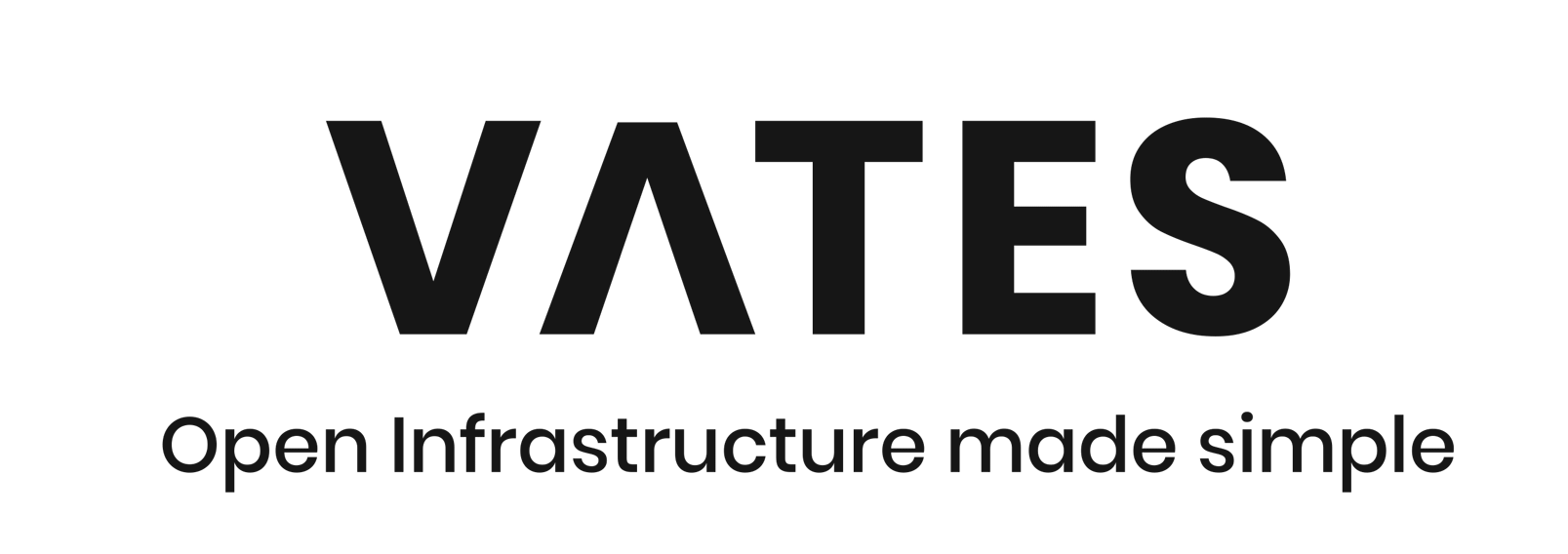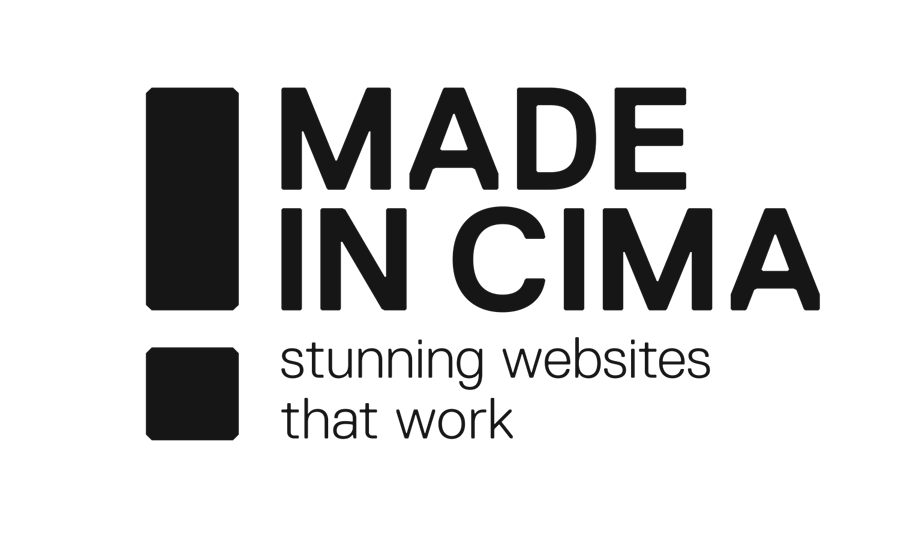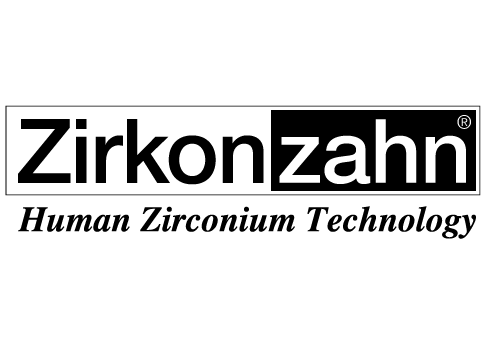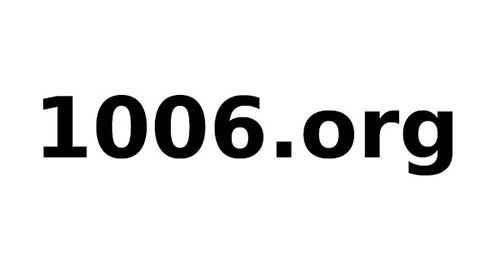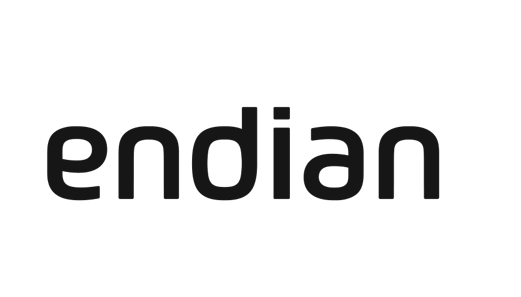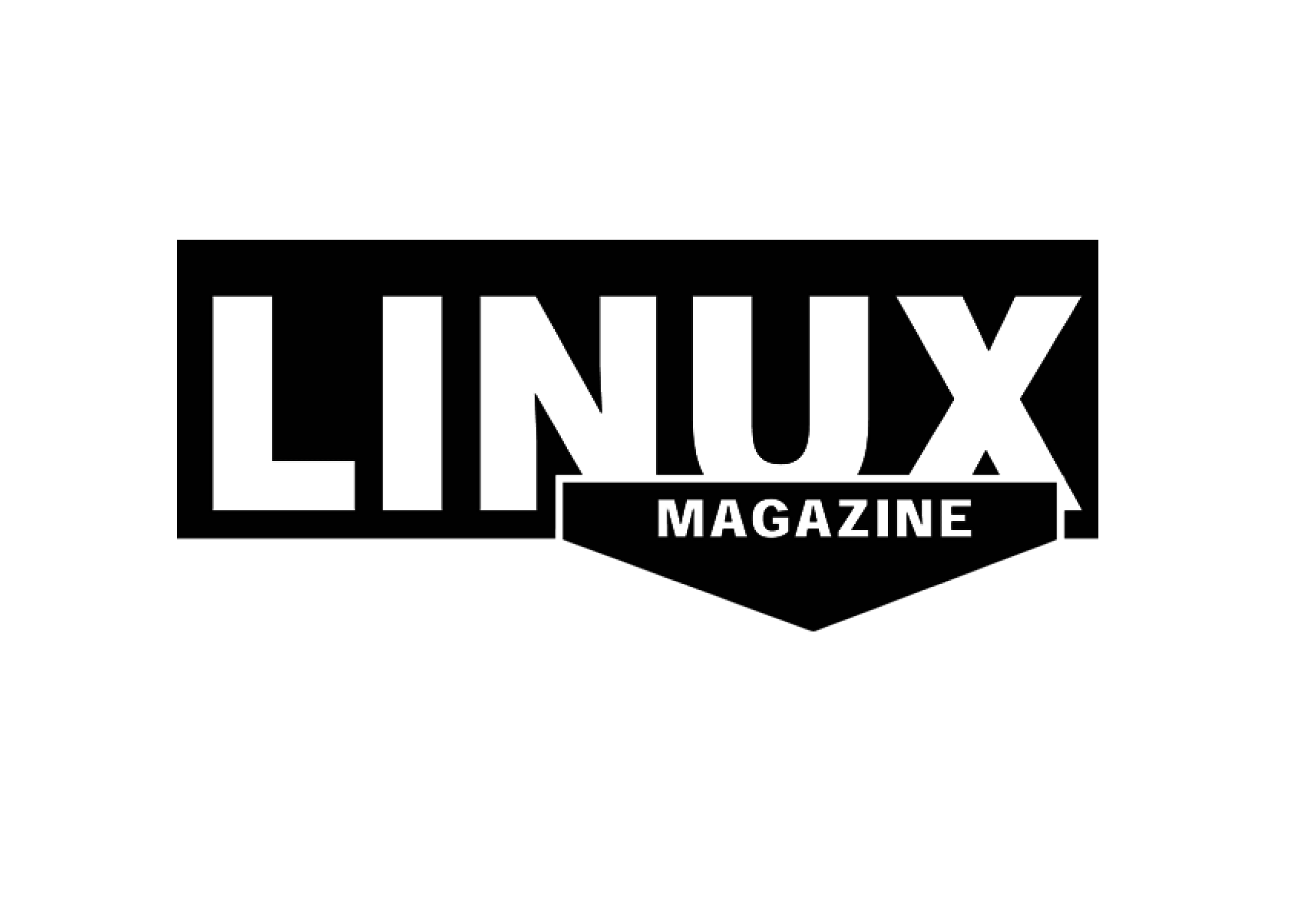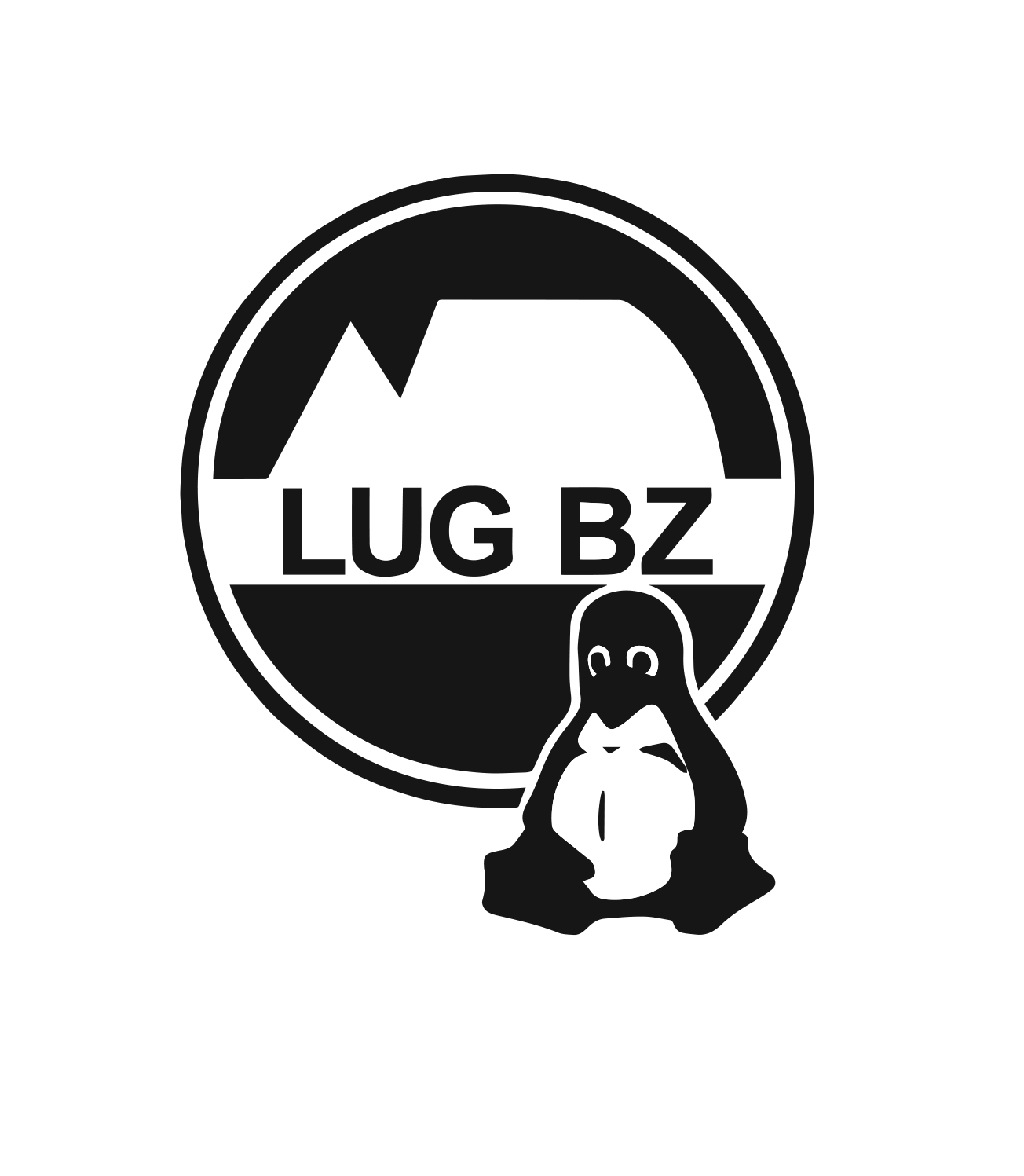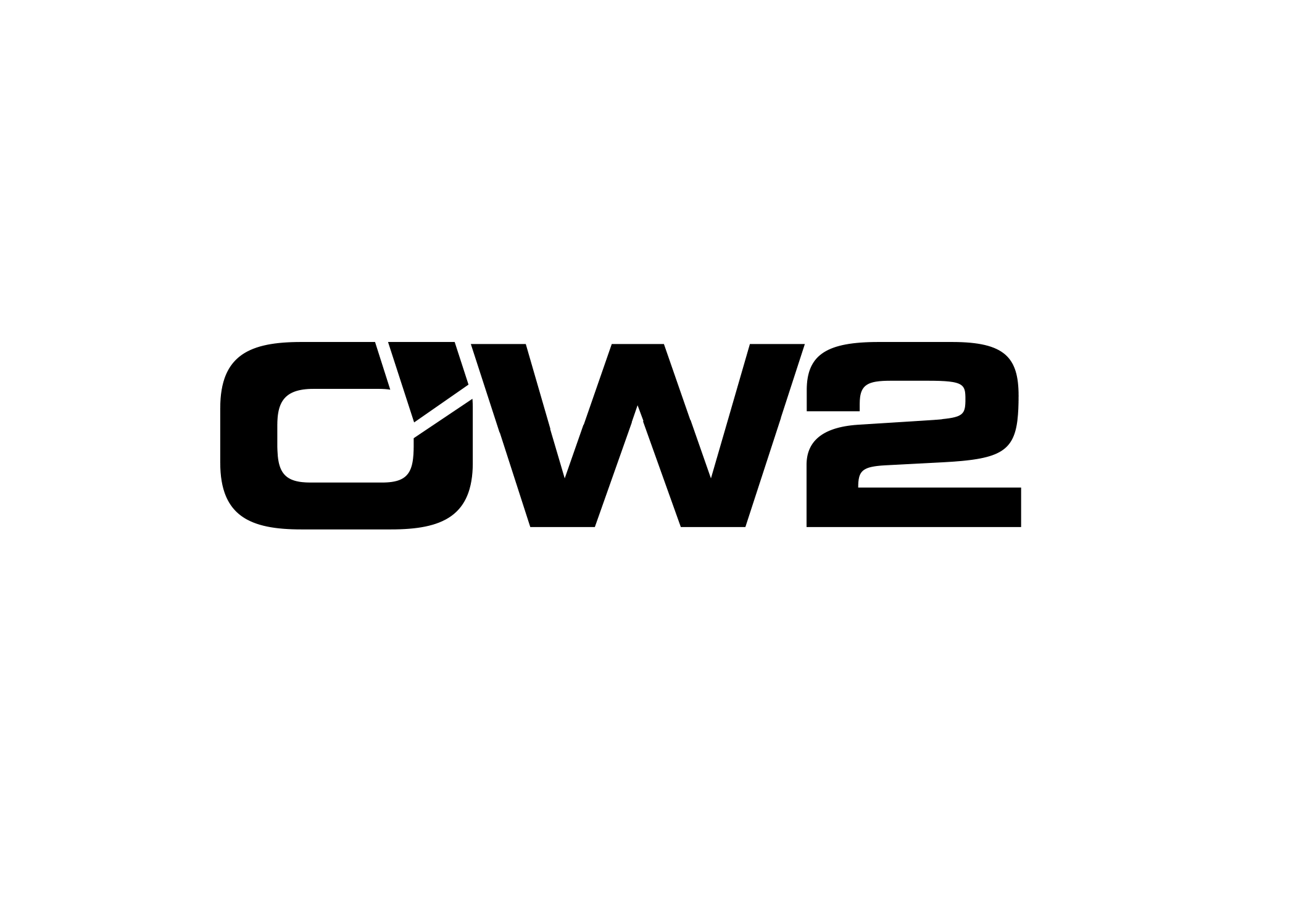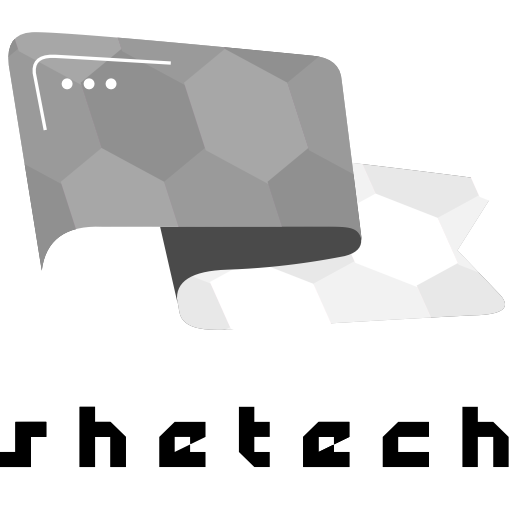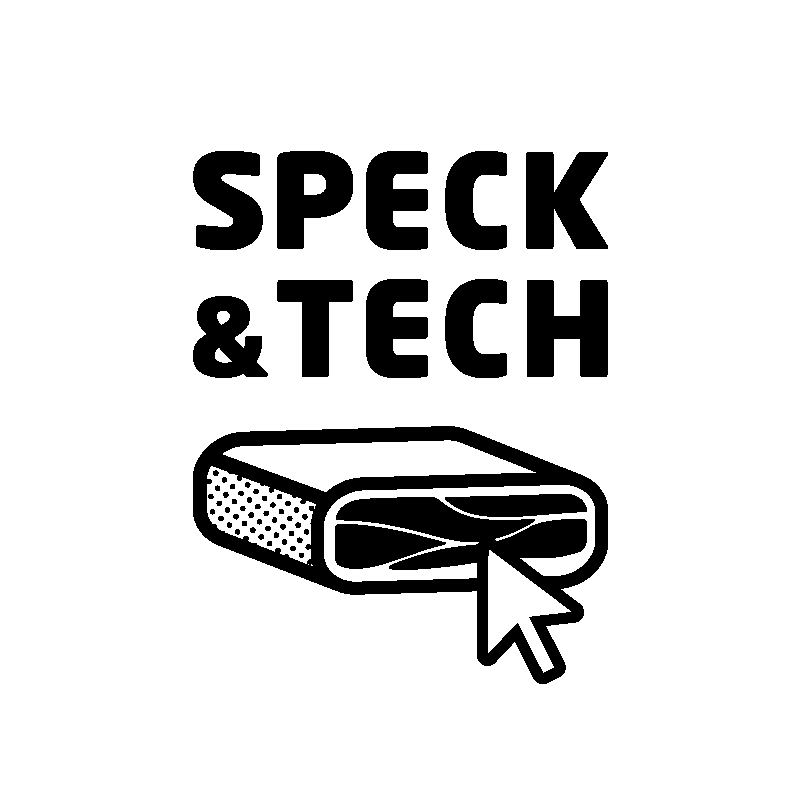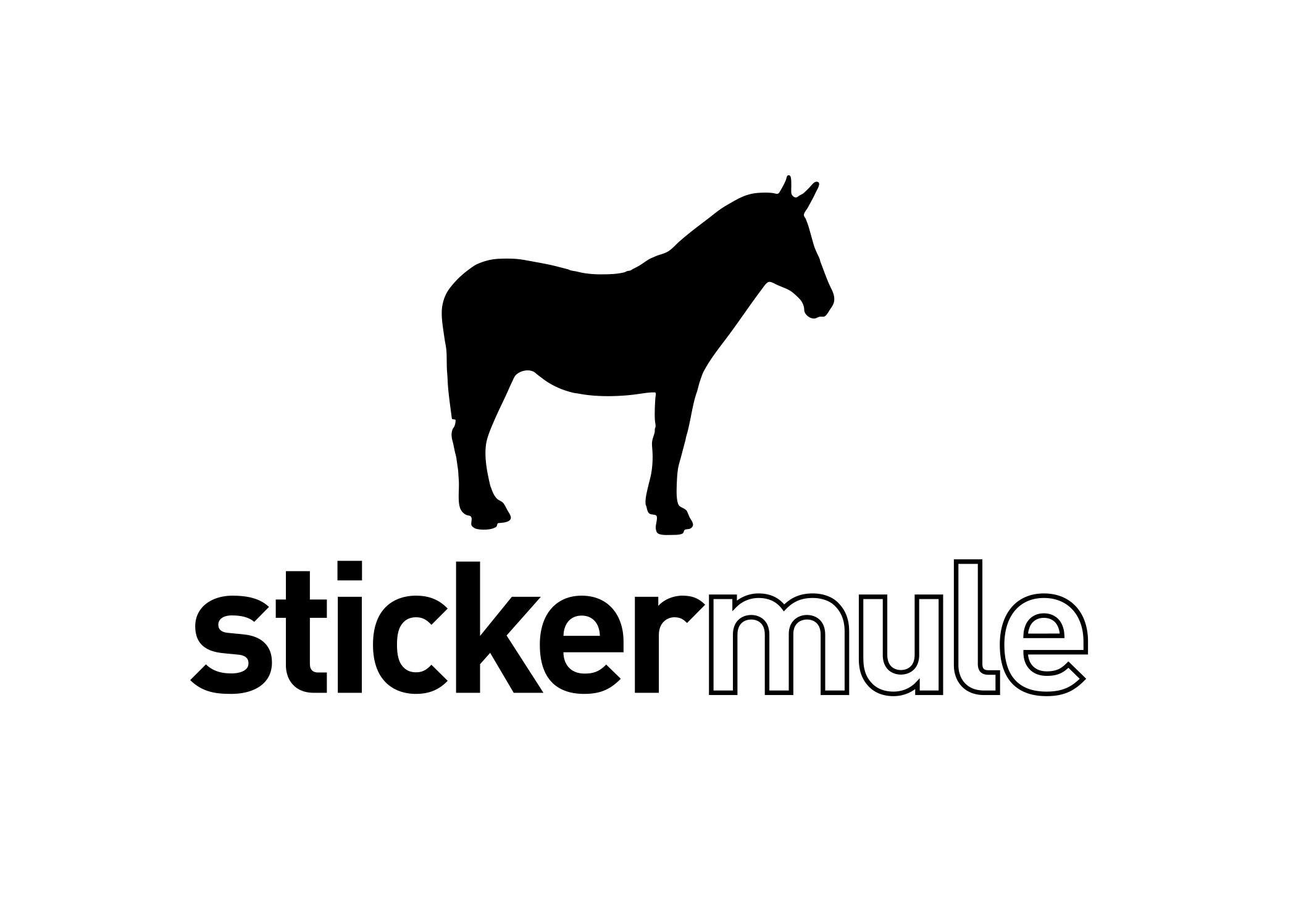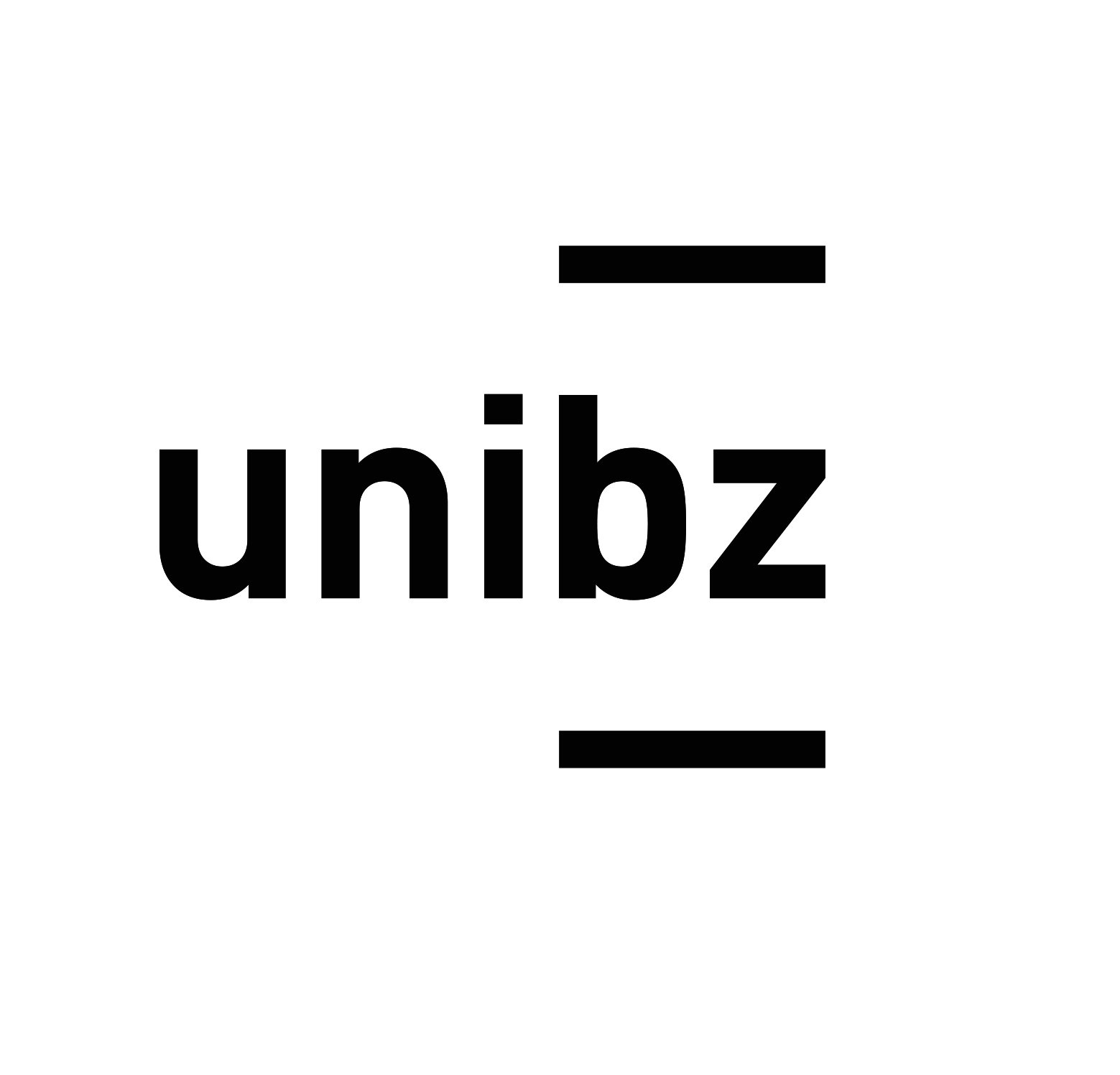The European Copernicus programme with its Sentinel satellites is one of the most ambitious Earth observation programmes to date with all data being freely accessible. Copernicus addresses several thematic areas including land, marine, atmosphere, climate change, emergency management and security. Different satellite types have been and will be further launched; hence, weather independent Radar data, optical and infrared data are now available. In Europe the revisit time is between 3-5 days, allowing to monitor the same areas at high frequency. Actual land use, forest structure, and vegetation phases can be recorded promptly, to name only a few examples. While the Copernicus program is well perceived in the Earth observation community, the new data sets are still widely unnoticed or underused in the GIS community as well as in public administration, also due to the sheer amount of available data in the Petabyte range and the need of notable computational power. This is a great opportunity for specialized service providers to develop new applications for administration, science, and business in order to find new ways of retrieving information from Petabytes of raw data.
In our talk we will present an open source approach to a processing such data in a cloud based system, providing standardized OGC Web Services by GeoServer and MapProxy software. The backend of the system is able to timely post-process and analyze Sentinel data in an automated way using the GRASS GIS and GDAL software. We have developed a REST API based system that allows the user to automatically derive thematic data layers based on algorithms provided by the portal. This greatly simplifies the user’s life since own topical layers can be generated without the need of deep technical knowledge of software, hardware and time series management. We believe that this approach likely widens up the potential user group of the Copernicus program. At the same time, it connects two worlds that are often unnecessarily disentangled: the GIS and the remote sensing communities.
The presentation is completed by some examples and practical use cases, illustrating the idea of the workflow and the architecture of the portal.


